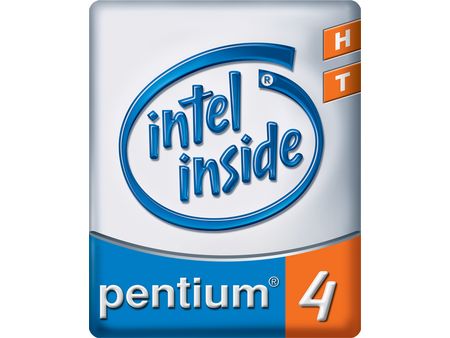Nvidia's CUDA: The End of the CPU?
Introduction
Let’s take a trip back in time – way back to 2003 when Intel and AMD became locked in a fierce struggle to offer increasingly powerful processors. In just a few years, clock speeds increased quickly as a result of that competition, especially with Intel’s release of its Pentium 4.
But the clock speed race would soon hit a wall. After riding the wave of sustained clock speed boosts (between 2001 and 2003 the Pentium 4’s clock speed doubled from 1.5 to 3 GHz), users now had to settle for improvements of a few measly megahertz that the chip makers managed to squeeze out (between 2003 and 2005 clock speeds only increased from 3 to 3.8 GHz).

Even architectures optimized for high clock speeds, like the Prescott, ran afoul of the problem, and for good reason: This time the challenge wasn’t simply an industrial one. The chip makers had simply come up against the laws of physics. Some observers were even prophesying the end of Moore’s Law. But that was far from being the case. While its original meaning has often been misinterpreted, the real subject of Moore’s Law was the number of transistors on a given surface area of silicon. And for a long time, the increase in the number of transistors in a CPU was accompanied by a concomitant increase in performance – which no doubt explains the confusion. But then, the situation became complicated. CPU architects had come up against the law of diminishing returns: The number of transistors that had to be added to achieve a given gain in performance was becoming ever greater and was headed for a dead end.

Get Tom's Hardware's best news and in-depth reviews, straight to your inbox.
-
CUDA software enables GPUs to do tasks normally reserved for CPUs. We look at how it works and its real and potential performance advantages.Reply
Nvidia's CUDA: The End of the CPU? : Read more -
Well if the technology was used just to play games yes, it would be crap tech, spending billions just so we can play quake doesnt make much sense ;)Reply
-
dariushro The Best thing that could happen is for M$ to release an API similar to DirextX for developers. That way both ATI and NVidia can support the API.Reply -
dmuir And no mention of OpenCL? I guess there's not a lot of details about it yet, but I find it surprising that you look to M$ for a unified API (who have no plans to do so that we know of), when Apple has already announced that they'll be releasing one next year. (unless I've totally misunderstood things...)Reply -
neodude007 Im not gonna bother reading this article, I just thought the title was funny seeing as how Nvidia claims CUDA in NO way replaces the CPU and that is simply not their goal.Reply -
LazyGarfield I´d like it better if DirectX wouldnt be used.Reply
Anyways, NV wants to sell cuda, so why would they change to DX ,-) -
I think the best way to go for MS is announce to support OpenCL like Apple. That way it will make things a lot easier for the developers and it makes MS look good to support the oen standard.Reply
-
Shadow703793 Mr RobotoVery interesting. I'm anxiously awaiting the RapiHD video encoder. Everyone knows how long it takes to encode a standard definition video, let alone an HD or multiple HD videos. If a 10x speedup can materialize from the CUDA API, lets just say it's more than welcome.I understand from the launch if the GTX280 and GTX260 that Nvidia has a broader outlook for the use of these GPU's. However I don't buy it fully especially when they cost so much to manufacture and use so much power. The GTX http://en.wikipedia.org/wiki/Gore-Tex 280 has been reported as using upwards of 300w. That doesn't translate to that much money in electrical bills over a span of a year but never the less it's still moving backwards. Also don't expect the GTX series to come down in price anytime soon. The 8800GTX and it's 384 Bit bus is a prime example of how much these devices cost to make. Unless CUDA becomes standardized it's just another niche product fighting against other niche products from ATI and Intel.On the other hand though, I was reading on Anand Tech that Nvidia is sticking 4 of these cards (each with 4GB RAM) in a 1U formfactor using CUDA to create ultra cheap Super Computers. For the scientific community this may be just what they're looking for. Maybe I was misled into believing that these cards were for gaming and anything else would be an added benefit. With the price and power consumption this makes much more sense now. Agreed. Also I predict in a few years we will have a Linux distro that will run mostly on a GPU.Reply